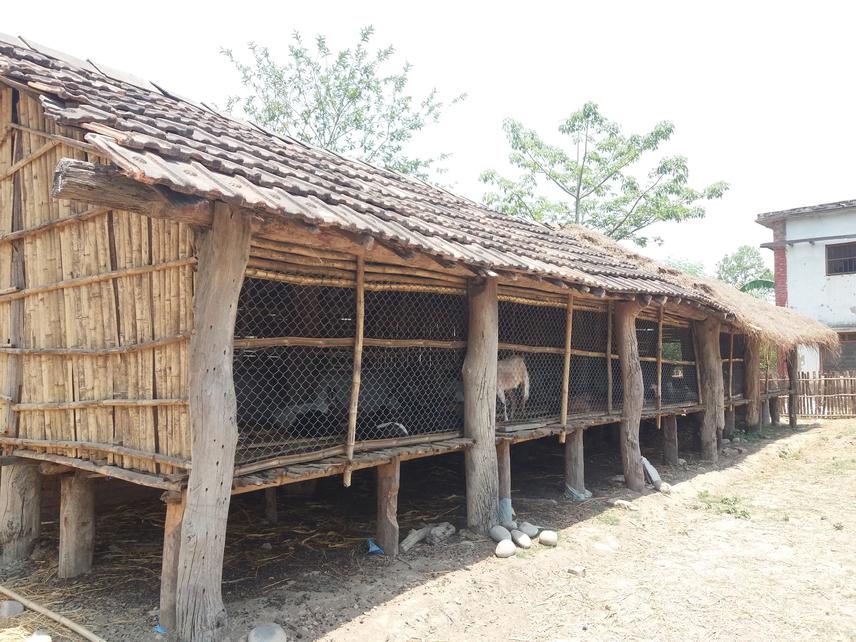Dol Raj Thanet
Other projects
22 Jan 2009
Biodiversity Conservation for the People by the People: Awareness Raising and Capacity Building Project in the Buffer Zone of Chitwan National Park
1 Dec 2010
Community Based Human-Tiger Conflict Mitigation in the Western Sector of the Buffer Zone of Chitwan National Park
Human–tiger conflict is a serious conservation issue in Chitwan National Park. The animosity has led to negative perception against not only tigers but also the overall wildlife conservation. The study aims to assess the human-tiger interactions, and review the adaptation and mitigation practices initiated at community level to devise management recommendations to foster community-based conflict management and collaborative economic and natural resource management for effective and sustainable means of mitigation of emerging conflicts. The project will be implemented in the entire buffer zone of Chitwan National Park in close coordination with park management authority, buffer zone management committees, local conservation NGOs and local people to facilitate the emerging conflicts to garner tiger conservation, ensuring a win-win situation for both tiger and surrounding communities for the long-run.

Improved livestock shed made by local farmer.
Chitwan National Park (CNP) is one of the few remaining source sites of tigers with population >120. Poverty in the local communities residing in the periphery of this park is one of the major threats to tigers. Under the dire circumstances many rural people are forced to enter into the park to meet their basic livelihood requirements leading to increased human-tiger conflict (HTC). HTC is likely to surge with increase in tiger numbers. Because of their territorial behaviour, on an average 2-3 tigers are reported to be pushed out annually by dominant males either through infighting or transient floating sub-adult individuals looking for establishing a territory. Subsequently, the weaker individual often moves to fringe areas and villages where they are likely to attack livestock and people. Increase in conflicts may negatively affect tiger conservation efforts making the government’s commitment of doubling the tiger population by 2022 challenging. Negative human-tiger interactions need to be reduced to a level that enables people and tigers to co-exist in the shared landscape. Therefore, there is a need to proactively develop and implement strategic mitigation measures to reduce human and livestock casualties.
Effective management of conflicts in buffer zone areas can reduce the cost of conservation borne by local communities; improve and/or protect the livelihood opportunities of poor-rural communities sharing landscapes with tigers. Thus, integrating local people as important stakeholders and building their capacity in conflict management are crucial, which contribute for positive conservation outcomes and promote human tiger co-existence in shared landscape. Thus, to support HTC mitigation process, the project aims to enhance stability through a holistic, people-to-people approach that facilitates the resolution of emerging HTC; and reduces shared natural resources competition through joint economic and natural resources management (NRM) initiatives. The project findings will support the park management authority and local communities to take necessary actions to deal with the emerging HTC.